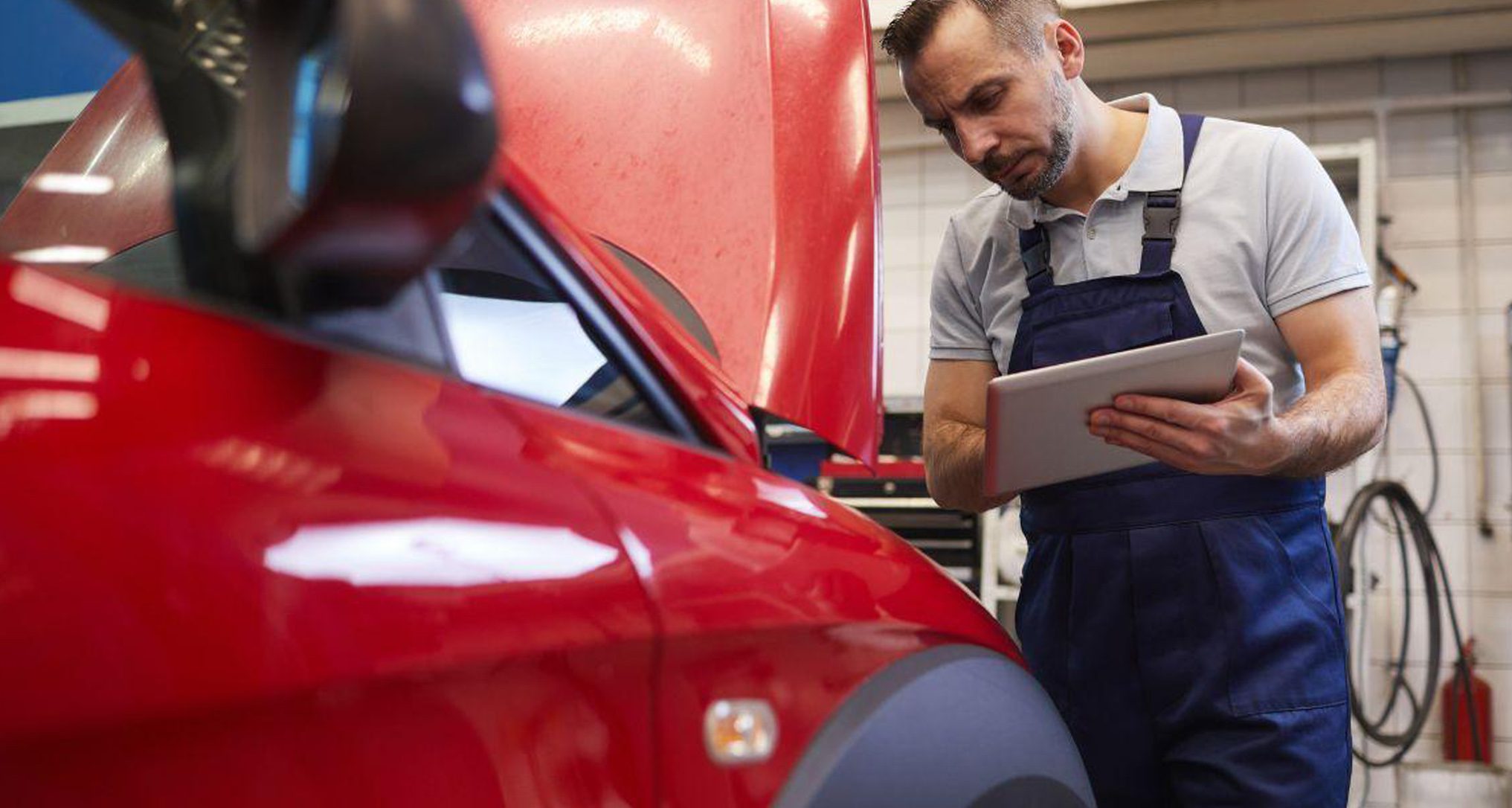When the weather changes—and it always does—some drivers will want to turn to their vehicle’s advanced driver assistance systems (ADAS) to improve their awareness and assist in safely maintaining their own lane, avoiding hazards, and smoothly moving through turns. So, when it comes to ADAS recalibrations with your Autel tools from Triad Diagnostic Solutions, you need to be aware of the proper environmental conditions that make for a successful calibrations
New cars come outfitted with advanced driver assistance systems that use sensors to gather information about the vehicle’s surroundings. Sensors collect data that provides safety warnings to a user, and environmental warnings are extremely beneficial when operating a vehicle.
Some vehicles are able to sense adverse weather conditions including heavy snow and ice, thick fog and rain, and even natural disasters like tornadoes and hurricanes. These severe weather conditions can cause serious hazards on the roadway—including moments when drivers may find themselves having to look down at their phones or in their rearview mirror due to poor visibility.
Environmental Requirements
Most people learn to drive in good weather, but life doesn’t always provide those ideal conditions.
Bad weather conditions can make driving even familiar roads a hair-raising experience. That is why it is always better for drivers to see what the environmental conditions are like outside so they are prepared to operate a vehicle accordingly and trust that certain ADAS system features will kick in.
Some static ADAS calibrations requirements include but are not limited to:
Visibility
Driving in the fog puts our lives at risk if we can’t see where we’re going or what’s behind us.
Fog, intense rain, or intense snow can all reduce visibility. Driving at night or at dusk can further limit your visibility, as can pollution, smoke, and dust. Drivers’ crash risks can be significantly increased by poor visibility even with advanced driver assistance systems. And if there’s a malfunction with a sensor, driver safety can be compromised.
Precipitation
One of the most challenging driving conditions is driving in the rain or snow, whether it’s a little drizzle or a severe downpour. Higher accident rates are directly correlated with wet weather.
Safe driving is simple when you employ safety precautions. Driver carelessness is also a high safety impact use case of ADAS technologies that often lead to ADAS system failures. So, testing an ADAD calibration against these conditions is always wise when possible.
Wind Speed
When there is a strong wind, a car tends to lift a little bit, which reduces the necessary friction between the ground surface and your tires. Slowing down is the most crucial thing to keep in mind. If you get blown sideways or another driver does, you’ll have more time to respond.
ADAS System Weakness
A vehicle-based driving experiment in a rainfall environment has shown that as the environmental condition increases, the ability of the ADAS sensor to identify and recognize lane information rapidly decreases. As a result, a driver may feel more skeptical of the vehicle’s ADAS. under bad weather conditions. As advanced driver assistance systems are usually assessed in ideal conditions, the AAA evaluations show moderate to heavy rain impacts system performance.
One of the most used ADAS sensors is the camera which operates by passively detecting light emitted or reflected by the environment’s surface. Changes that prevent light from reaching the camera will cause it to decline or stop working, even though cameras allow a high-resolution view of the surroundings. Sun glare, bright lights, vehicles or other objects blocking the view, snow or ice on the lens, rain or snow in the air, water droplets on the windshield, or even fog may be the cause of these obstructions.
Since the current ADAS relies on an image sensor that performs the same role as the human eye, an environment that human eyes aren’t able to capture will not show in an ADAS. The driving speed of the vehicle also impacts the View Range, such that the visibility of the surrounding environment decreases, and the safety of the driver gets compromised.
Get Accurate ADAS Calibrations with Autel Tools
Automotive safety features that would have been considered premium add-ons in the past – such as adaptive cruise control or blind-spot monitoring – are becoming standard as ADAS technology becomes more affordable to implement in vehicles and becomes mainstream in more models.
Still, safety is the main consideration in the design of any ADAS system. The amount of computer power needed to analyze the massive amounts of data that make these cutting-edge safety measures possible has increased as vehicles get smarter– networking, interacting, monitoring, and making decisions that assist prevent accidents.
Again, vehicle ADAS sensors are only as accurate as they are calibrated to be. As an automotive shop or garage owner, you need the best tools and techniques to get the best ADAS calibrations. When you need reliable diagnostic software and hardware, Triad Diagnostic Solutions has got you covered.
We have a complete line-up of diagnostic scan tools and ADAS calibration kits that will meet your shop’s every need. We also supply the yearly software updates that you’ll need to continue to safely and correctly use your diagnostic tools. We’ve got everything you need in one place, so contact us today to learn more! (317) 939-3690

